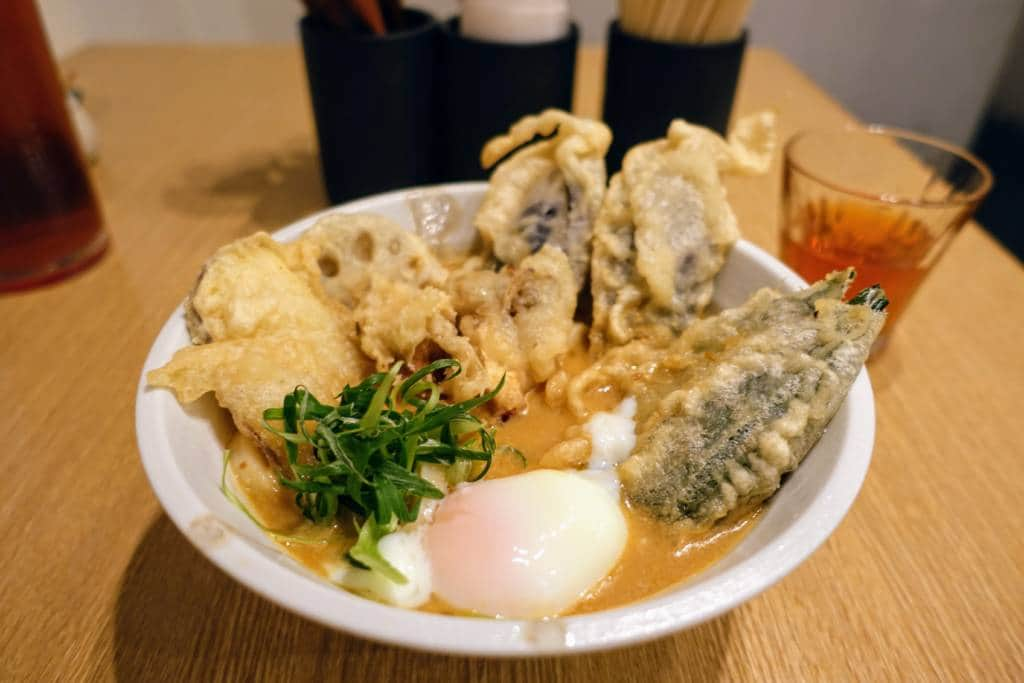We use cookies.
By continuing to use our site, you consent to our
Privacy Policy.
-
-
The Nine Best Restaurants in Kanazawa
Black miso ramen, roll-your-own sushi, homemade pasta and incredible burgers—need we say more?
-
4 Simple Ways to Cut Back on Single-Use Plastic in Japan
Save the ocean–and your wallet!
-
-





